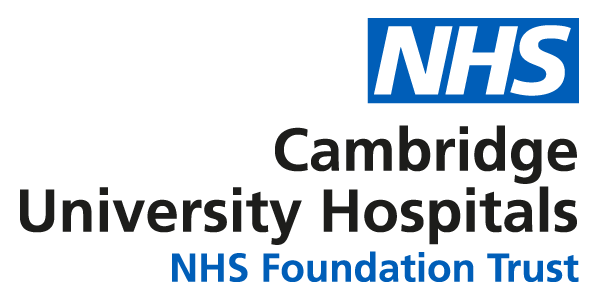Most people go into labour between 37 and 42 weeks of pregnancy. If your labour has not started by this time, or there are concerns about your or your baby's health, we may offer to induce your labour.
This means helping your body to start labour using medicine or other methods.
Induction of labour workshop
The Rosie Hospital now offers a virtual workshop for anyone who has an Induction of labour booked with us. This is an opportunity to speak with a midwife from Sara Ward and learn about the process of being induced.
Why labour may be induced
There are two main reasons we may offer to induce your labour:
- You are between 10 and 14 days past your due date. After 42 weeks, your baby could be at higher risk. This is because the placenta may stop working as well.
- We think your health or your baby’s health may be at risk if the pregnancy continues. This could be due to high blood pressure, diabetes, concerns about your baby’s growth, or a problem found on a scan.
Where induction takes place
Most inductions start on Sara ward, but sometimes they begin on the delivery unit.
If you have a low-risk pregnancy and live within 30 minutes of The Rosie, you may be offered outpatient induction. This means:
- You will come to hospital for the first part of the induction.
- Then you will go home and return after 24 hours or when labour starts.
Being at home may help you feel more relaxed and comfortable. This is safe, and some people can still use the Rosie Birth Centre.
Ways to induce labour
There are three main methods used to induce labour. You may have one or more of these, depending on your situation.
1. Prostaglandins
Prostaglandins are hormones that help to soften and open the cervix. These are given in two ways:
Prostin®
A tablet that is placed high in your vagina, behind the cervix.
Propess®
A pessary (small medicated insert) that is also placed in your vagina and slowly releases medicine.
After the medicine is given, your baby’s heartbeat will be checked using a CTG machine.
You may stay on Sara ward for 24 to 72 hours before moving to the delivery unit. Your midwife will talk to you about your care.
Sometimes, you may go home after having Propess® inserted. If this applies to you, we will give you clear instructions to follow at home.
2. Breaking your waters (ARM)
ARM stands for artificial rupture of membranes. This means a midwife or doctor will break the sac of fluid around your baby.
- This is done during a vaginal examination.
- A small hook is used to make a hole in the sac.
- This releases fluid and encourages your body to make more natural prostaglandins.
After your waters are broken, you will be asked to move around to help labour start. If it does not, we may offer an oxytocin drip.
3. Oxytocin drip (Syntocinon®)
Oxytocin is a hormone that helps start contractions. If your labour does not start or your contractions are too weak, you may be given Syntocinon® through a drip in your arm.
- Your contractions will be closely monitored.
- Your baby’s heartbeat will also be checked.
- The dose can be adjusted to suit your needs.
Possible delays
Sometimes, there may be a delay in starting or continuing your induction. This is because we cannot predict how many people will go into labour or need emergency care.
If this happens:
- We will keep you updated as much as possible.
- You may be monitored in the maternity assessment unit while you wait.
Please plan for your induction to take a few days. Make childcare arrangements in advance. Your birth partner can stay with you during the day and overnight, but we can only offer a chair for them to rest on.
If you choose not to be induced
If you choose not to be induced at 10 to 14 days past your due date, we will offer you a consultant appointment to plan your care. This may include:
- An ultrasound scan to check your baby’s growth and fluid levels.
- A CTG check of your baby’s heartbeat.

